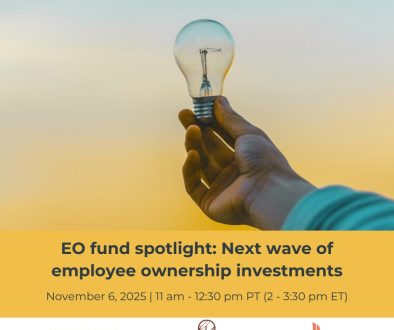Setting up an ESOP is easier than you think
Having spent a fair amount of time now studying ESOPs, I have noticed a large gap between the perceived cost and complexity of transitioning to an ESOP versus the reality of doing so. In fact, for a healthy company, creating an ESOP is much easier than you think. Determining if an ESOP is the right path is slightly different than evaluating an exit to a private equity firm or strategic partner but is by no means more complicated. Today, the financing options for ESOP formation extend beyond the traditional combination of bank debt + seller note. Firms such as Apis & Heritage and Monarch Investment Partners provide flexible subordinated debt financing in lieu of seller notes. Experienced advisors and trustees, and standardized playbooks (valuation checklists, term sheets, comms kits, and timeline roadmaps) can help many owners move from idea to close in months—not years. And for companies that have already made the transition my firm, Liquidus Partners, can provide full or partial liquidity for any outstanding sellers notes. Of course, as with any exit path, clean financials, the right structure, and early expert engagement make the process infinitely easier.
If you’re weighing succession, de-risking, or rewarding your team, an ESOP can be a practical, tax-smart path—without reinventing the wheel. ESOPs can deliver owner liquidity, keep the business running smoothly AND preserve culture.



